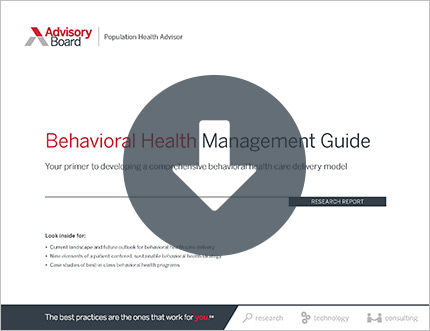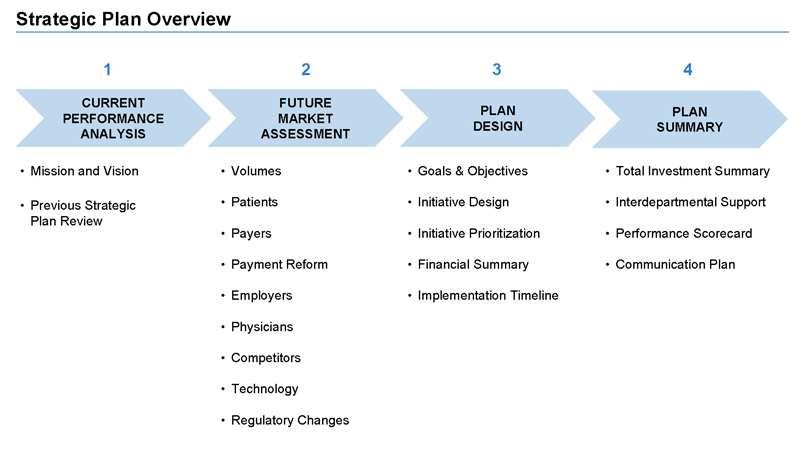Auto logout in seconds.
Continue LogoutThe American Psychological Association recently released the first-ever set of guidelines for treating men and boys. The set of 10 guidelines look critically at "traditional masculinity" and how it can potentially negatively impact males' mental and physical health.
Webconference: The care transformation state of the union
Why it took so long
The new male-focused guidelines have been in the works since 2005 and were made with input from more than 200 physicians and researchers. They'll expire after 10 years, as ideas evolve.
APA previously has released guidelines to help clinicians work with other various demographics, including people of different ages, ethnic minorities, sexualities, and gender identities.
However, APA did not previously have guidelines for working with men, partly because males historically were considered the norm. According to the New York Times, men, particularly white, heterosexual men, were overrepresented in Western studies, so their experience was regarded as more universal than it really was.
What's inside
The new male-focused guidelines explain how socializing males to conform to "traditional masculinity ideology" can negatively impact their health.
Ryon McDermott, a psychologist who helped APA develop the new guidelines, said the guidelines are "meant to protect men, because studies indicate that men receive quite a lot of gender bias in therapy." He added, "These are stereotypes that men experience, and when therapists buy into them, that can cause serious problems."
For instance, the guidelines point out that men might avoid seeking mental health help out of concern they will look weak. Further, when men seek psychological help, psychologists might diagnose them with substance misuse disorders and miss internalized conditions, such as depression.
While definitions of traditional masculinity vary between cultures, the term generally refers to a set of behaviors that are considered appropriate for males to exhibit, which are often built around common themes like "anti-femininity, achievement, eschewal of the appearance of weakness, and adventure, risk, and violence," according to the guidelines.
According to McDermott in extreme cases the expectations of traditional masculinity can lead to "an extreme form of stoicism, dominance, violence, and aggression," among men.
"Sometimes it's good to be aggressive. Sometimes it's good to be dominant," McDermott said. "But if you operate only on that frame of mind, then what happens when you encounter a situation when you need to be more egalitarian?"
The guidelines also take into account that males' experience can be influenced by other factors, such as race and income. For instance, while men are more likely than women to be incarcerated, men of color are incarcerated at much higher rates than white men, according to the Times.
According to the Times, men also commit the majority of violent crimes in the United States and die sooner than women for participating in riskier behaviors and poor eating habits, even though they are better off socioeconomically, according to the Times.
Guidelines go viral?
While the guidelines were approved last August, an APA article on the guidelines gained attention on Twitter this month, with some critics tweeting their opposition to their guidelines.
Joseph Vandello, a professor at the University of South Florida and social psychologist, said the guidelines are "positioning traditional masculinity as a problem to be solved." He added "If you're a man who holds traditional values, why would you go see a psychologist when the starting point is that traditional masculinity is the problem?"
But Fredric Rabinowitz, one of the lead writers of the guidelines and a professor of psychology at the University of Redlands, said the purpose of the guidelines is not to "take away the strengths that men have," but rather to help psychologists view the men they treat by as "complex beings," who are "impacted by culture, by race and by relationships, rather than just assuming that there is one sort of standardized set of behaviors," he said. He added that the guidelines give therapists "a chance ... to understand men as multidimensional individuals."
"It's all about helping men be more healthy, helping them be more successful, helping them navigate the difficult situations of life," he said (Fortin, New York Times, 1/10; Mull, The Atlantic, 1/10).
Upcoming webconference: The trends shaping population health in 2019
Health systems are entering a new era of transformation due to emerging technologies, increasing system consolidation, a shifting policy landscape, and growing number of lives under risk. The health systems that thrive will be those that prepare and respond to the disruptive forces reshaping care delivery.
Don't miss out on the latest Advisory Board insights
Create your free account to access 1 resource, including the latest research and webinars.
Want access without creating an account?
You have 1 free members-only resource remaining this month.
1 free members-only resources remaining
1 free members-only resources remaining
You've reached your limit of free insights
Become a member to access all of Advisory Board's resources, events, and experts
Never miss out on the latest innovative health care content tailored to you.
Benefits include:
You've reached your limit of free insights
Become a member to access all of Advisory Board's resources, events, and experts
Never miss out on the latest innovative health care content tailored to you.
Benefits include:
This content is available through your Curated Research partnership with Advisory Board. Click on ‘view this resource’ to read the full piece
Email ask@advisory.com to learn more
Click on ‘Become a Member’ to learn about the benefits of a Full-Access partnership with Advisory Board
Never miss out on the latest innovative health care content tailored to you.
Benefits Include:
This is for members only. Learn more.
Click on ‘Become a Member’ to learn about the benefits of a Full-Access partnership with Advisory Board
Never miss out on the latest innovative health care content tailored to you.


